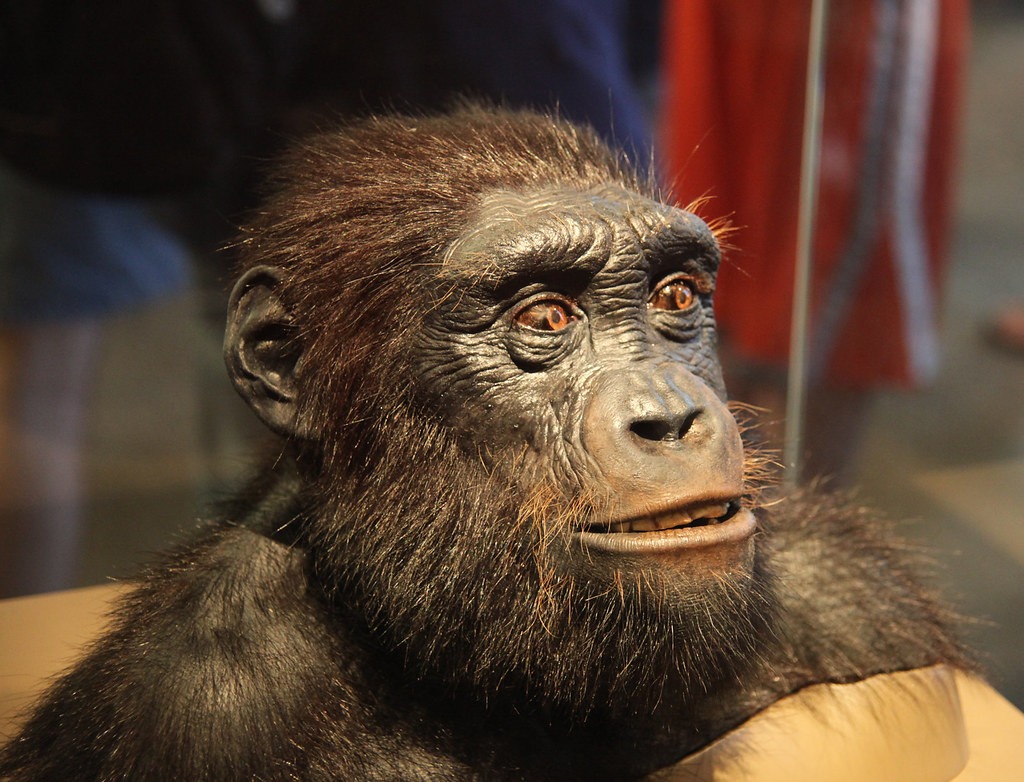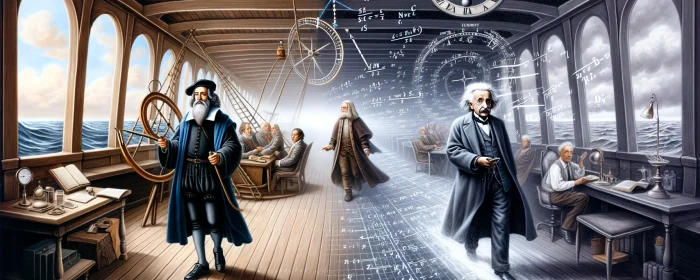The last common ancestor with humans and the pan genus (chimpanzees and bonobos) lived around 7.5 mya. This branch of pan splits again about 1.5 mya into two species: chimpanzees and bonobos.
Humans did not evolve from Chimpanzees, but both are the current evolution of a common ancestor. That common ancestor has yet to be identified and is sometimes referred to as the Chimpanzee–Human Last Common Ancestor (CHLCA). That ancestor lived in Africa about 7.5 million years ago, likely in East Africa or perhaps Central Africa. The genus that is perhaps the most likely for the CHLCA is Sahelanthropus. While much of Africa today features arid deserts, Western Africa and at least parts of Central Africa and Eastern Africa were rainforests and tropical forests during this key time of early hominin evolution.
CHLCA likely lived sometime between 5 and 9 million years ago, with 7.5 million years ago being a common educated estimate. Sahelanthropus tchadensis, and other later Hominini tribe descendants, supports estimates placing the CHLCA at about 7.5 million years ago. For example, Sahelanthropus tchadensis survived from 7 to 6 million years ago in Central Africa.




















